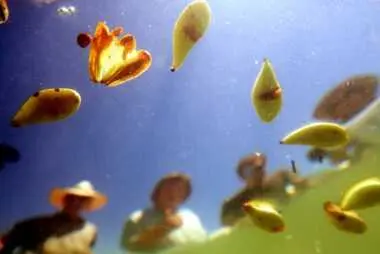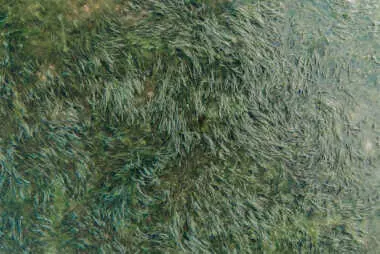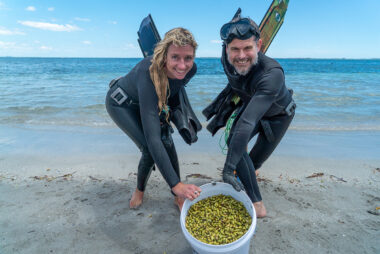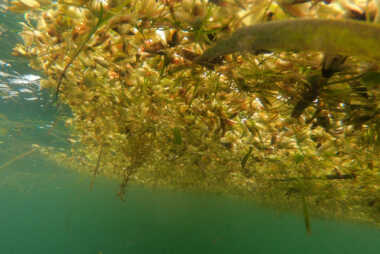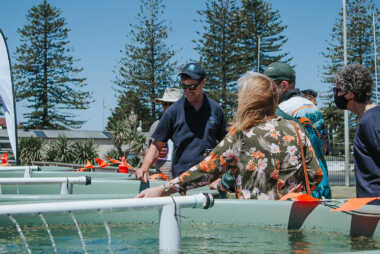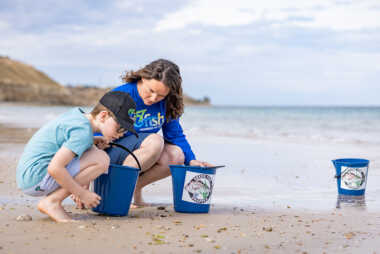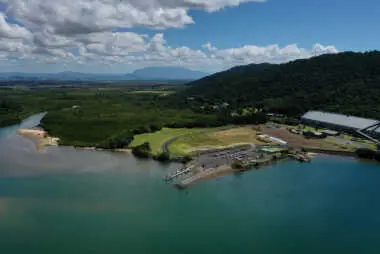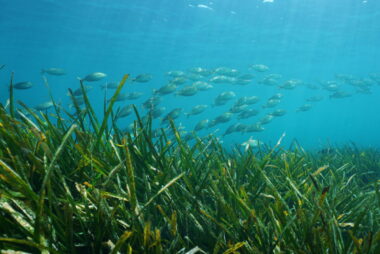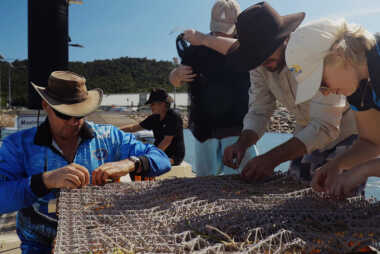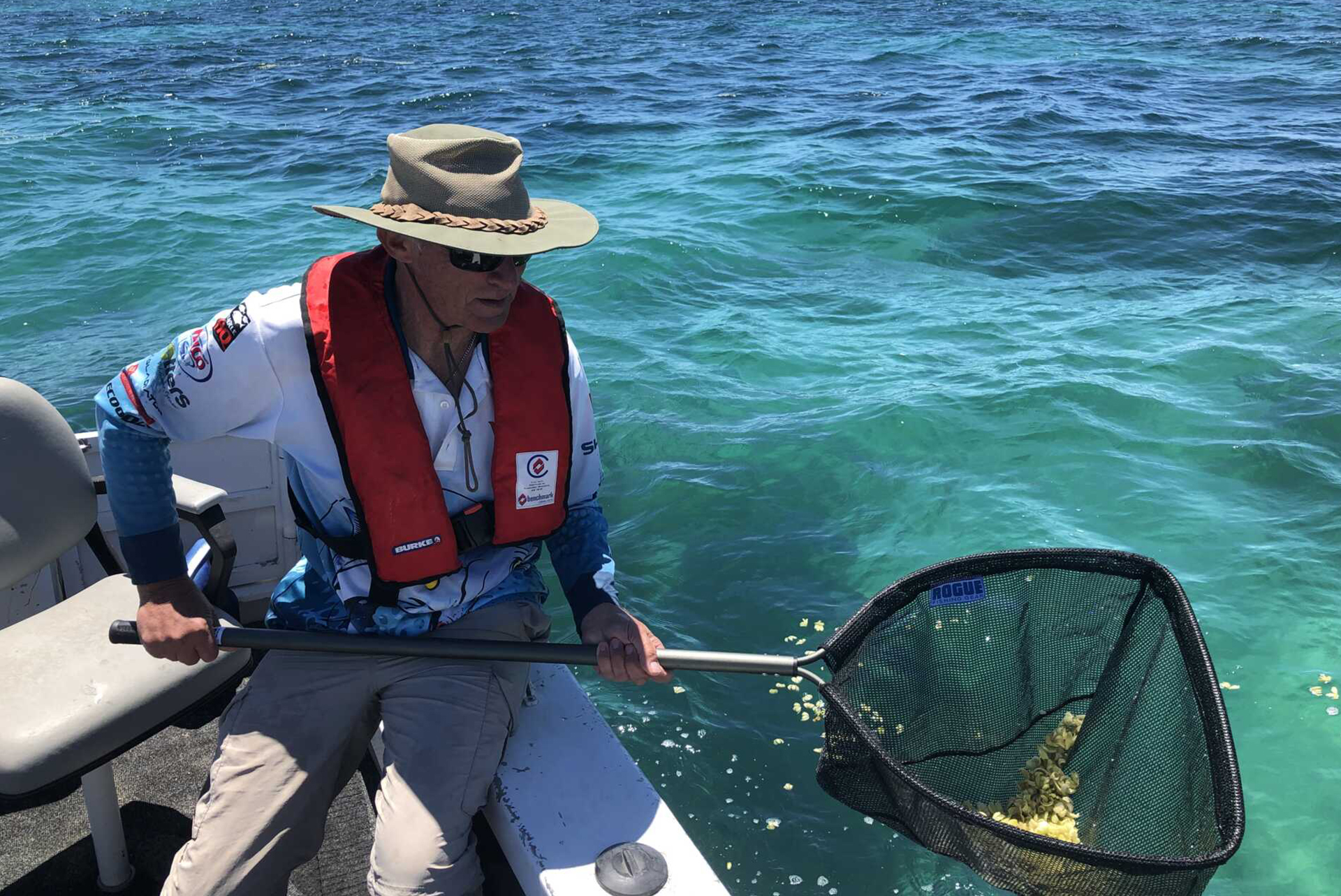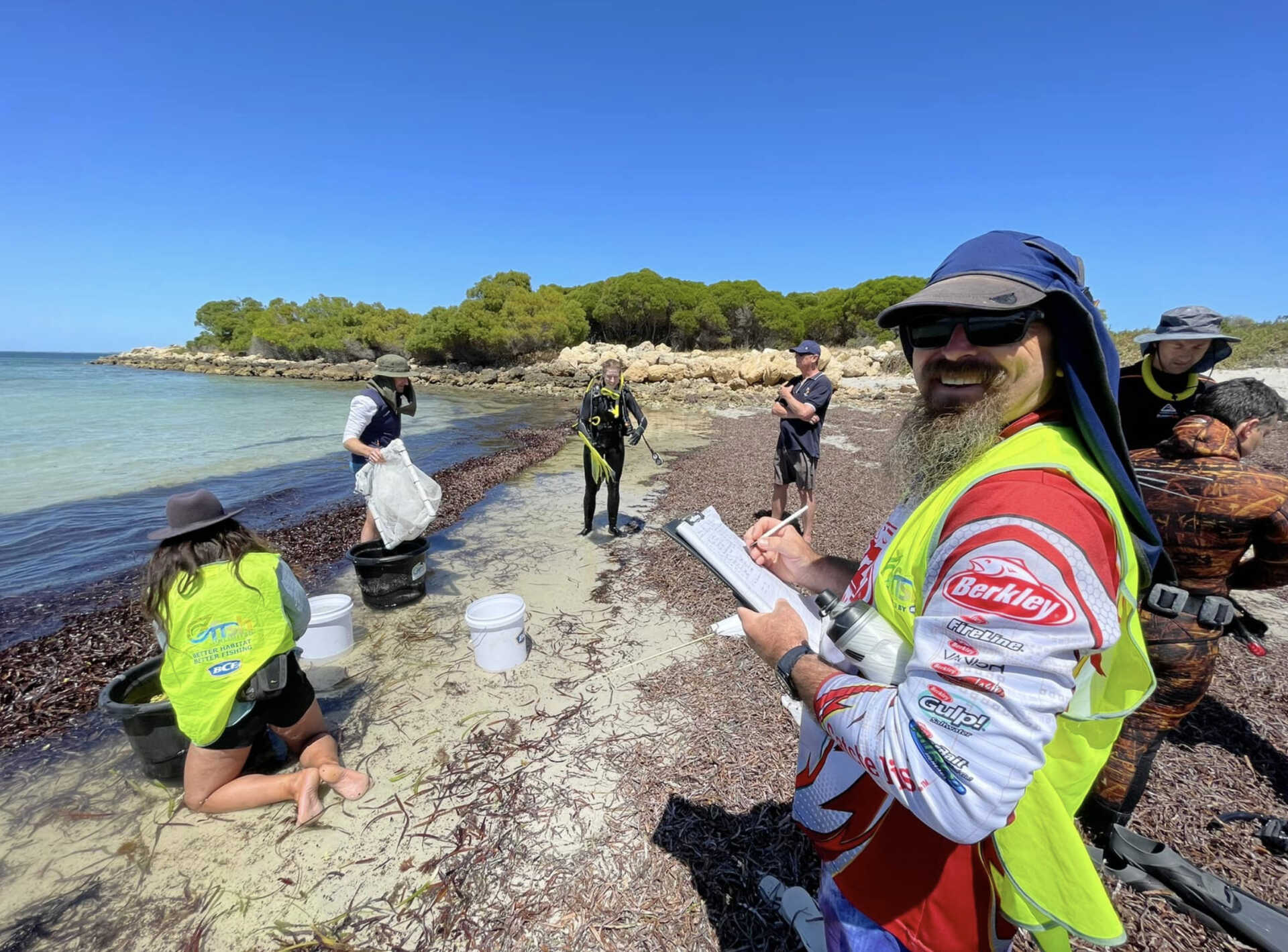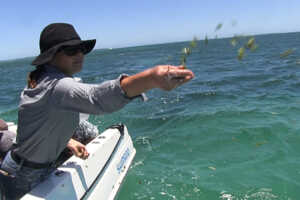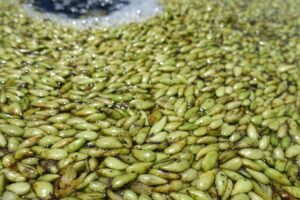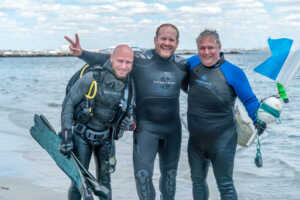There is no excerpt because this is a protected post.
More than 85 per cent of Australia’s seagrass meadows have disappeared in recent decades, representing hundreds of thousands of hectares of natural habitat that includes some of Australia’s most important fisheries.
Find out about what OzFish is doing to reverse that trend and restore healthy seagrass in locations across Australia.
Seagrass for Snapper Projects
OzFish, in partnership with the University of Tasmania’s Institute for Marine and Antarctic Studies (IMAS), has successfully delivered the first seagrass restoration trial in Tasmanian waters. The trial undertook crucial first steps towards enabling large-scale seagrass restoration in Tasmania, ...
With the help of recreational fishers, OzFish is working to restore seagrass habitat in Cockburn Sound, Western Australia. Each year hundreds of recreational fishers, divers and community members in Western Australia take part in the Seeds For Snapper project to restore the lost seagrass of ...
OzFish are working together with the local community to collect seagrass in Lake Macquarie and restore the lost ecosystem. These shoots can become naturally detached from the meadow and can be found floating or washed ashore after storms, winds and big tides.
Working in collaboration with DWER and UWA, OzFish will soon begin Seagrass for Swimmers, a new Halophila ovalis seagrass restoration trial in Leschenault Estuary. This project will form part of Leschenault Catchment Council’s Leschenault Estuary Connect program, an innovative program aimed at ...
OzFish and Corner Inlet fishers are working with Yarram Yarram Landcare Network to restore critical seagrass habitats in an internationally important Wetland. The project seeks to restore what has been lost, creating a healthy seagrass ecosystem for key target species, including integral to ...
OzFish has been leading the restoration of seagrass meadows in South Australia since 2020 and now we’re expanding our program in the state. Until now, we’ve been restoring seagrass only along Adelaide's metropolitan coastline but now we’re launching a second SA Seeds for Snapper project on the ...
Adelaide's metropolitan coastline has lost over 6000Ha of seagrass meadows. These meadows are a nursery ground for baby snapper and other sea life. OzFish together with leading scientists are bringing these beautiful meadows back to help our fisheries.
Queensland Tropical Seagrass Restoration aims to establish a coordinated volunteer seagrass restoration program spanning from Gladstone to Cairns in eastern Queensland. It will also enhance community and Traditional Owner capabilities to expand seagrass restoration efforts across the Great ...
OzFish is working with NRM South and researchers from the CSIRO to install Environmentally Friendly Moorings (EFMs) in North West Bay, a popular and important recreational fishing area in southern Tasmania. These moorings, designed by the CSIRO, give seagrass habitat a chance to recover. Over ...
OzFish Cairns Chapter is working towards re-establishing seagrass meadows in an intertidal estuarine system in Mourilyan Harbour south-east of Innisfail. The pilot project has input from local recreational anglers and university researchers and will assess the success of a unique seagrass ...
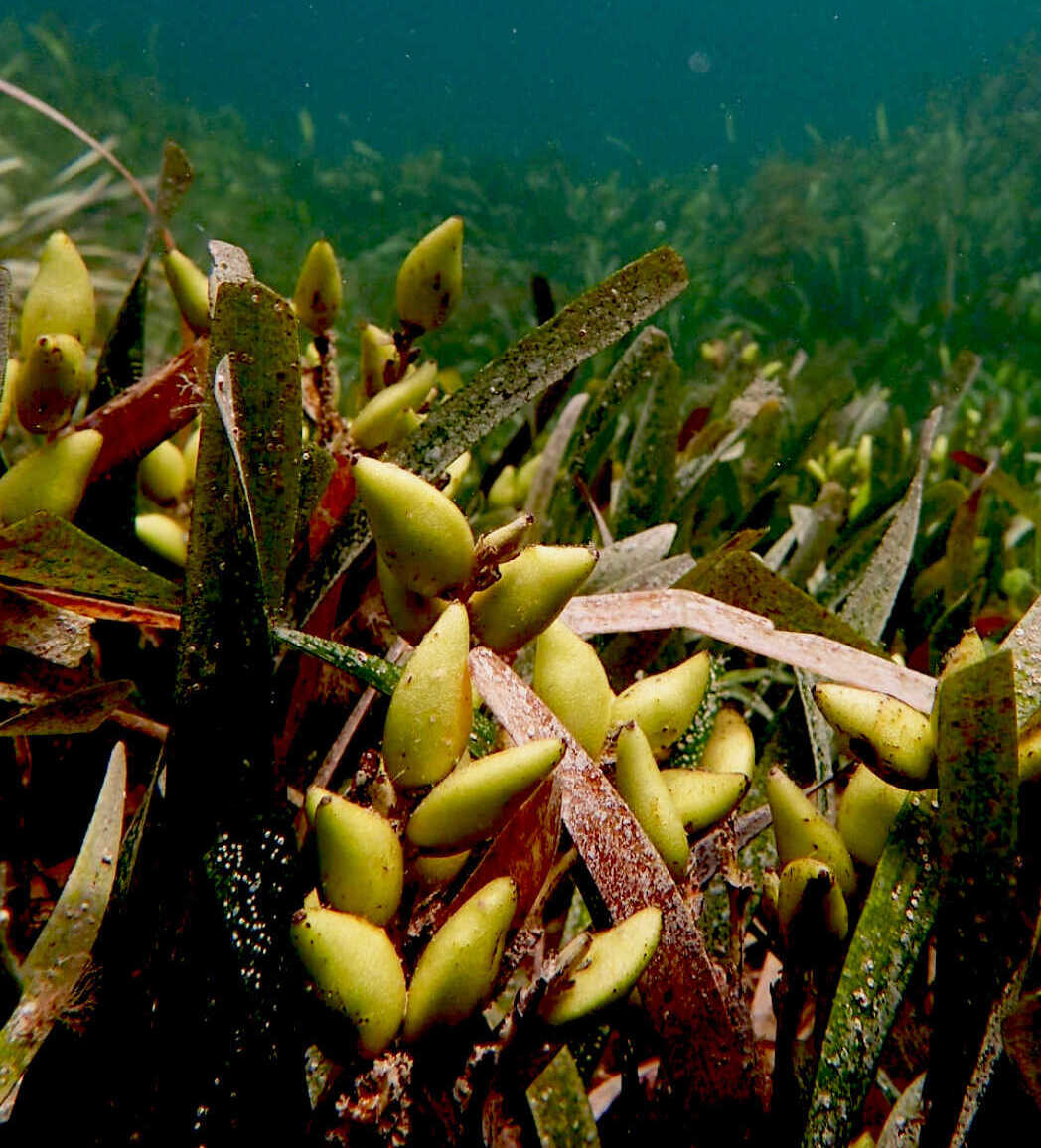
Seagrass meadows provide many benefits for healthy aquatic ecosystems
A hectare of seagrass can store 35 times more carbon than a hectare of rainforest.
That same hectare is also estimated to produce an average of 207 kilograms of fish per year more than equivalent area without seagrass.
Seagrass meadows are important foraging and nursery grounds for fish species. In different areas you may come across baby pink snapper, whiting, blue swimmer crabs, prawns, King George whiting, garfish, squid, and the leafy seadragons.
As seagrass meadows are located close to shore, they protect Australia’s shorelines from erosion and storms, as well as improving water quality.
Researchers from the University of Western Australia recently discovered that the world’s largest single plant is a Posidonia australis seagrass. Located off the coast of Shark Bay, it stretches more than 180 square kilometres.
How we can all help to bring back Australia’s seagrass meadows
The significant loss of seagrass meadows has been caused by environmental change, pollution, harvesting of seagrass, and coastal developments.
Once it is gone, all that is left is bare sand which makes it harder for new seagrass to establish itself as there is little protection from storms for the seedlings. Many seeds also end up washed ashore or far out to sea, where conditions do not allow them to germinate.
Left to nature, the regeneration of seagrass meadows could take many hundreds of years, so we need to give it a helping hand.
Anybody can help – even if it’s just collecting seeds that have washed up on your local shoreline. OzFish volunteers can take those rescued seeds and disperse them in strategic locations, through a variety of methods best suited for the particular area and support the process of returning Australia’s flourishing seagrass meadows.
Check out our individual seagrass restoration project pages for more details and information on how you can get involved in your local area.
Volunteer with Us
Join our community of volunteers who share our determination to restore and rebuild fish habitat across Australia.
Make a Donation
Donate today to support our mission to restore seagrass meadows through community-driven participation and ownership.
Become a Member
Help us raise funds for our restoration initiatives by becoming an OzFish member today. Learn more about member benefits!
At OzFish we are incredibly proud of the seagrass restoration efforts undertaken by so many of our OzFish volunteers. Our fish need our help to protect and restore their habitat now more than ever, and you can help.

